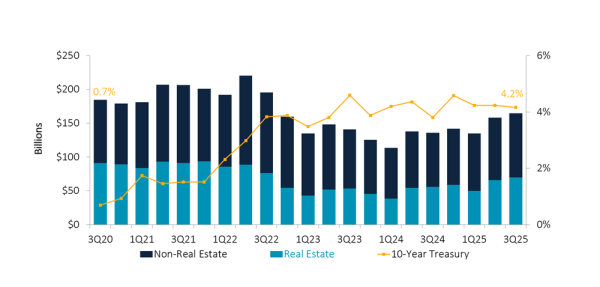A Heaping Helping Of HR Highlights
From “intentional communications” to identifying top intern prospects — and even heading off internal fraudsters — the “people helping people” strategy begins in the home (office.)
From “intentional communications” to identifying top intern prospects — and even heading off internal fraudsters — the “people helping people” strategy begins in the home (office.)
SECU of Maryland’s move to bring its business lending operations in-house resulted in a return on investment in the range of 250 to 300 basis points.
Communication and a shared perspective allow this consortium to gain efficiencies in areas that are scalable and manageable with clear metrics and service level agreements.
A Q&A With Rick Wieczorek, CEO of Mid-Atlantic Federal Credit Union.
From in-house video production to cloud-based target marketing, these four credit unions are using leading-edge tools to differentiate and compete.
Six small credit unions have projected more than $200,000 in compliance costs savings over the next two years with their new CUSO — and they say that’s just the beginning.
Credit unions with niche portfolios offer advice to prospective lenders.
Increase profits by processing loans after your doors close.

Look beyond the headlines to better understand what is driving current market trends and how they could impact credit union investment portfolios.

A pair of CDFI grants allowed the Florida-based credit union to help members restart their lives on the island or relocate to the United States.

From the boardroom to the branch floor, credit union leaders share thoughts on being different, embracing challenges, keeping mission top of mind, and more.

The right people in the right positions can make a meaningful difference in driving success and exploring opportunities.

The editorial team at Callahan & Associates weighs in on stories that defined 2025 through actionable strategies, meaningful insights, and perspectives that continue to influence the cooperative movement.

Explore the subtle shifts redefining the credit union core processing space and how these movements shape growth, innovation, and member experience.

Despite economic uncertainty, credit unions and their members are displaying resilience through methodical improvement.

Discover how two employee awards honor the Arizona credit union’s commitment to a team-first culture while boosting employee engagement and workplace culture.

AI is removing friction from financial decisions, giving consumers more control over their money and forcing banks and credit unions to compete on real value.

The organizational structures for the marketing teams at 3Rivers FCU and Leaders Credit Union couldn’t be more different, but they share a common goal.